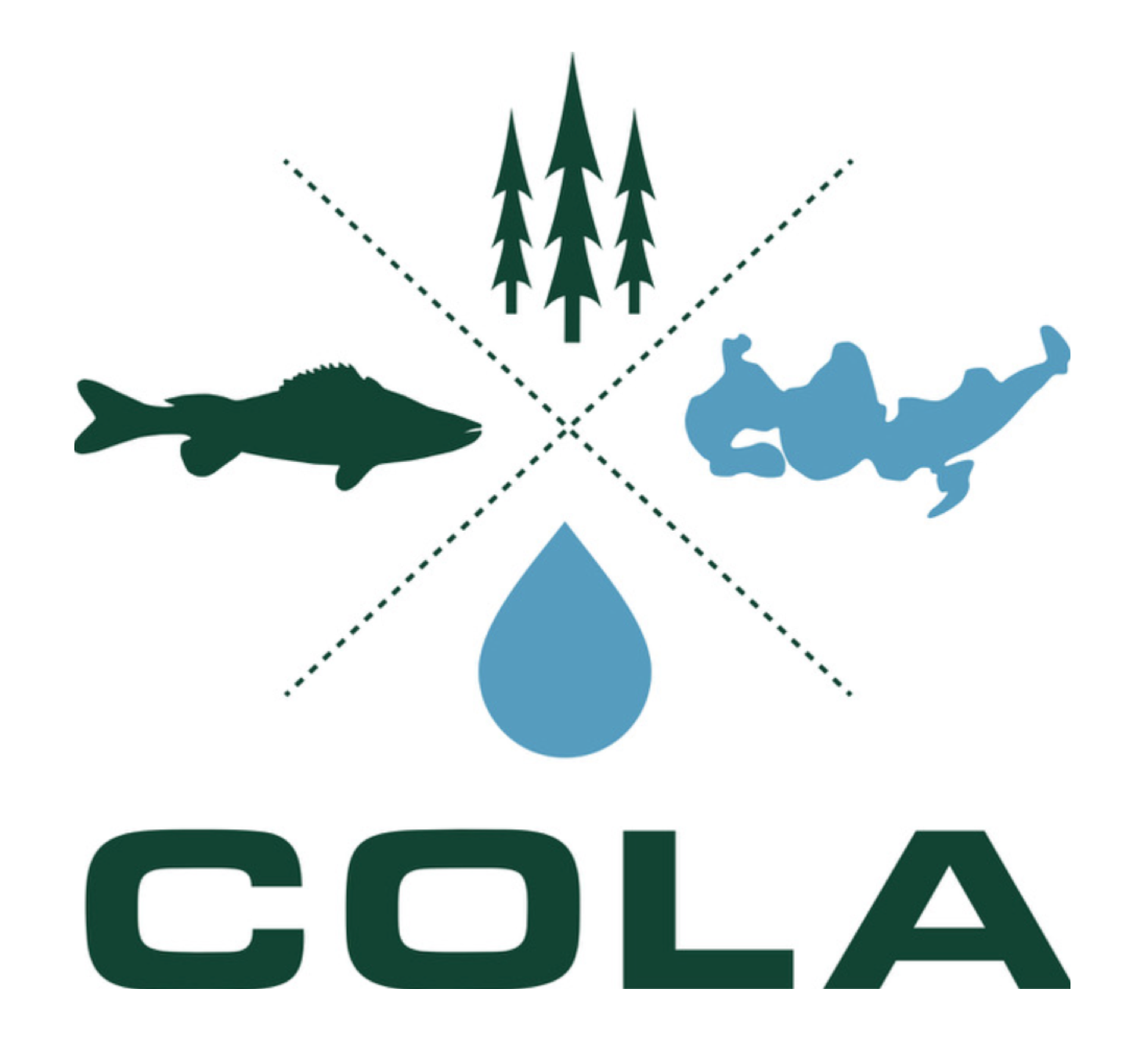Deterioration of LCO’s Cold-Water Fishery
LCO’s cold-water fishery is in decline. Warming temperature and decreasing oxygen concentration have eliminated suitable habitat for cisco and lake whitefish throughout the season. This has been the situation since 2013, perhaps earlier. Lac Courte Oreilles is a two-story cold-water fishery with a distinct upper layer of warm water and a deeper, oxygen-poor cold layer. The narrow interface provides the cold temperature and adequate oxygen to support cisco and lake whitefish. As water temperature increases through the summer, these cold-water fish must move downward to colder water, but oxygen concentration becomes limiting. As aquatic plants die, sink to the bottom, and begin to decompose, microbial activity further depresses oxygen. The big squeeze is on from both the top and the bottom.
To get into the details: preliminary WDNR standards for a cold-water fishery such as LCO's require:
a minimum dissolved oxygen concentration of 6 mg/L, and
a maximum water temperature of 66 degrees F for at least one vertical meter somewhere in the water column throughout the summer.
According to the 2023 WisCALM assessment, there’s been no suitable habitat for whitefish on at least one profiling day in each of the last five years. In 2023, suitable habitat with a depth of at least 1 meter was absent for 20-34 days in the West Basin, for 25-55 days in the Central Basin, and for 0-14 days in the East Basin. meter
There may be few, if any, lake whitefish left in the LCO lakes, and cisco are also under severe stress. We don’t know for sure since there hasn’t been a full-on survey for cold-water species for some time.
Temperatures are increasing because of climate change. Lake oxygen is decreasing because of exuberant plant growth and eventual decay of both native and invasive aquatic species.


